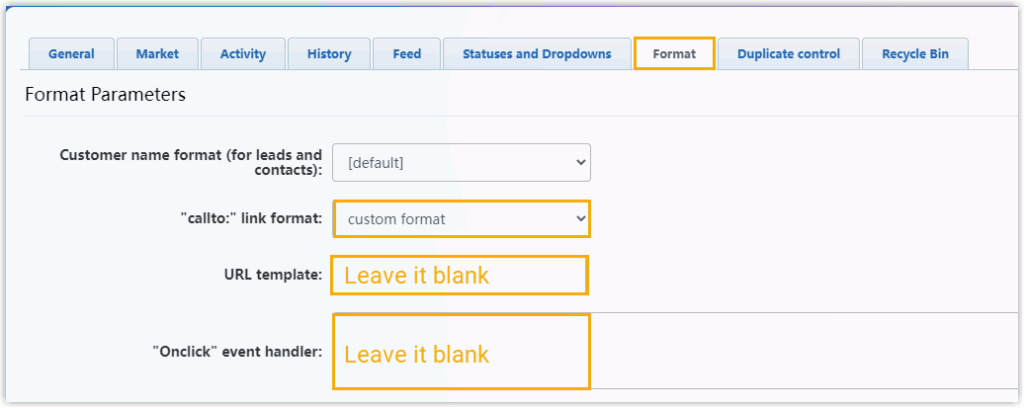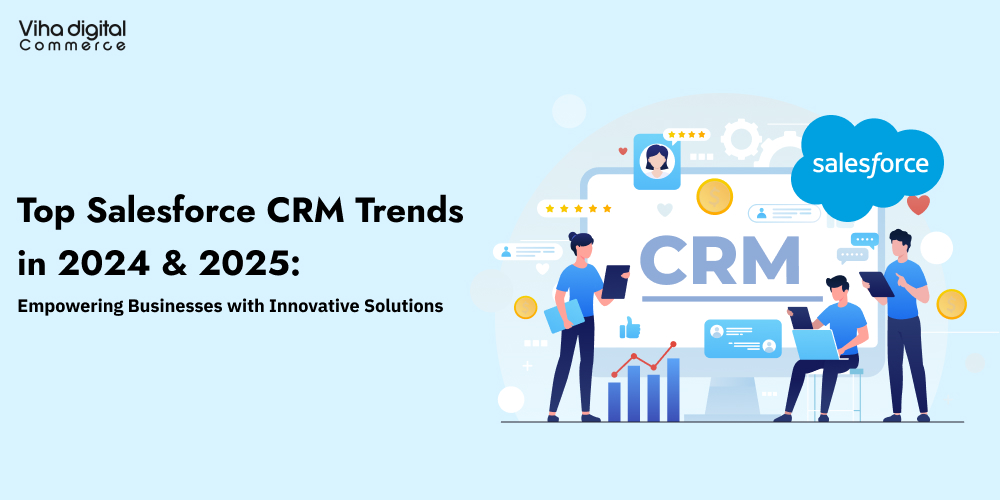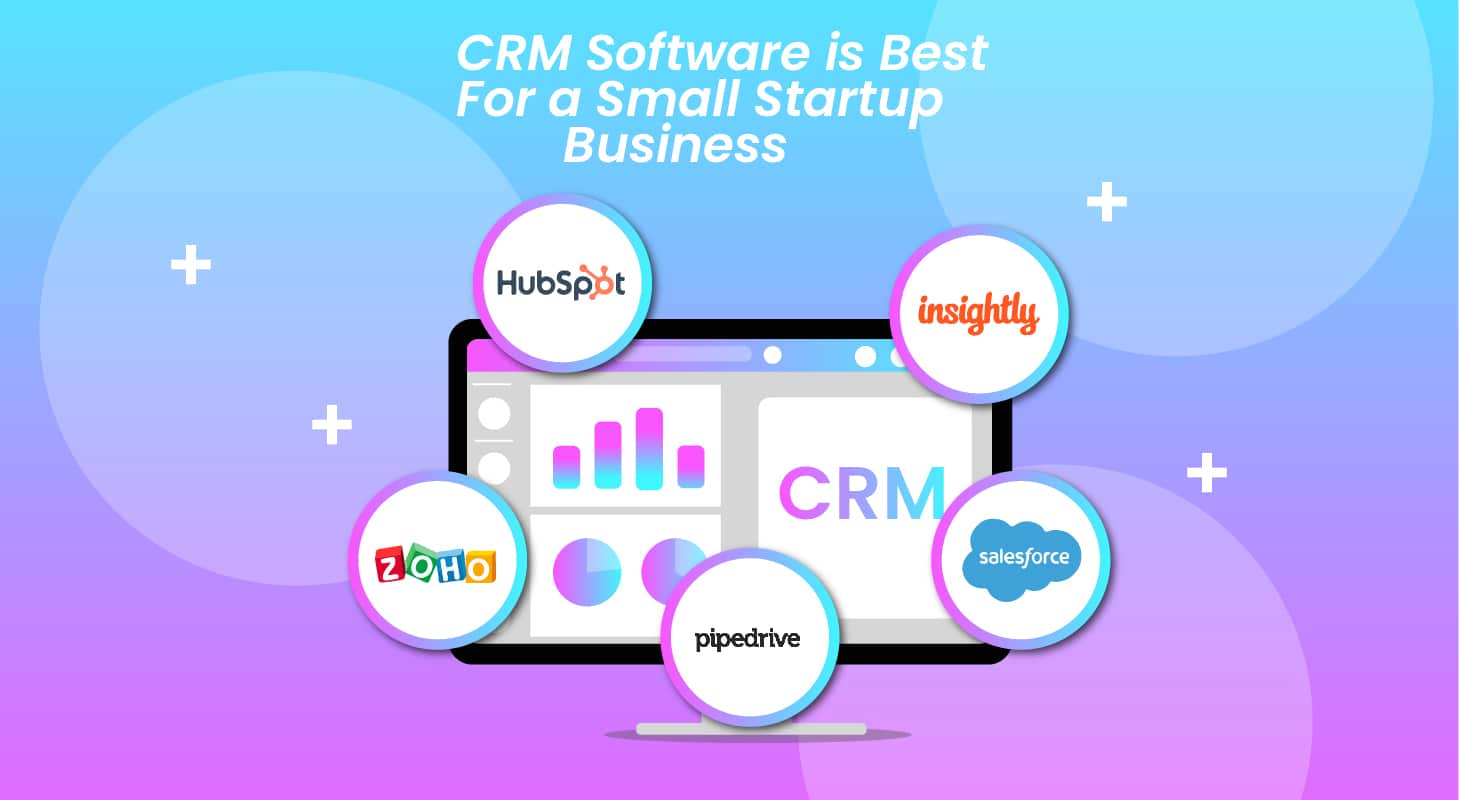
Unlocking Business Potential: The Power of CRM Integration with Bitrix24
In today’s fast-paced business environment, staying ahead of the curve means leveraging every tool at your disposal. One of the most crucial aspects of modern business is customer relationship management (CRM). And when it comes to CRM, Bitrix24 is a powerhouse. But simply having a CRM isn’t enough. The true magic happens when you integrate it with other essential business systems. This is where the power of CRM integration comes into play, and specifically, how to integrate various systems with Bitrix24. This article delves deep into the world of CRM integration, focusing on how to seamlessly connect Bitrix24 with other platforms to create a unified, efficient, and highly effective business ecosystem. We’ll explore the “why” and the “how”, providing you with the knowledge and practical steps to transform your business operations.
Why CRM Integration is a Game Changer
Before we dive into the specifics of integrating Bitrix24, let’s understand the fundamental importance of CRM integration. Think of your business as a complex machine. Each department – sales, marketing, customer service, finance – is a vital component. Without proper integration, these components can operate in silos, leading to inefficiencies, data discrepancies, and missed opportunities. CRM integration acts as the lubricant that keeps all these components working together smoothly. It ensures that data flows seamlessly between different systems, providing a holistic view of your customers and streamlining your workflows.
Key Benefits of CRM Integration:
- Enhanced Efficiency: Automate repetitive tasks, eliminate manual data entry, and save valuable time.
- Improved Data Accuracy: Reduce the risk of errors by ensuring data is consistent across all systems.
- Better Decision-Making: Gain access to real-time, comprehensive data that empowers informed decision-making.
- Increased Productivity: Empower your teams with the tools and information they need to work more effectively.
- Enhanced Customer Experience: Provide personalized and consistent customer interactions across all touchpoints.
- Cost Savings: Reduce operational costs by streamlining processes and eliminating redundancies.
Bitrix24: Your Central CRM Hub
Bitrix24 is more than just a CRM; it’s a comprehensive business management platform. It offers a wide array of features, including CRM, project management, communication tools, and more. Its versatility makes it an ideal hub for integrating various business systems. But why Bitrix24? What makes it a strong contender in the CRM landscape?
Key Features of Bitrix24:
- Comprehensive CRM: Manage leads, contacts, deals, and sales pipelines with ease.
- Project Management: Organize tasks, track progress, and collaborate effectively with your team.
- Communication Tools: Communicate with your team and clients through chat, video conferencing, and email.
- Website Builder: Create professional websites and landing pages to capture leads.
- Task Management: Assign tasks, set deadlines, and monitor progress.
- Reporting and Analytics: Gain valuable insights into your business performance.
Bitrix24’s open API and extensive integration capabilities make it a flexible and adaptable platform that can be tailored to your specific business needs. It’s not just a CRM; it’s a central nervous system for your business operations.
Integrating Bitrix24: Step-by-Step Guide
Now, let’s get to the heart of the matter: how to integrate Bitrix24 with other systems. The specific steps will vary depending on the platforms you want to connect. However, the general process involves the following steps:
1. Planning and Preparation:
Before you start integrating, it’s crucial to plan your strategy. Identify the systems you want to integrate with Bitrix24. Determine the data you want to synchronize between the systems. Define the workflows you want to automate. Take time to map out the integration process, the desired outcomes, and potential challenges.
2. Choosing the Right Integration Method:
Bitrix24 offers several integration options, including:
- Native Integrations: Bitrix24 has built-in integrations with popular platforms such as Gmail, Outlook, and various payment gateways.
- API Integration: The Bitrix24 API allows you to connect to any system that supports API integration.
- Marketplace Apps: The Bitrix24 Marketplace offers a wide range of pre-built integrations for various applications.
- Third-Party Integration Platforms: Platforms like Zapier, Make (formerly Integromat), and others provide a no-code/low-code approach to integration.
The best method depends on the specific platforms you’re integrating and your technical expertise. Native integrations are the easiest to set up, while API integrations offer the most flexibility. Third-party integration platforms are a great option for those who don’t have coding skills.
3. Setting Up the Integration:
The actual setup process will vary depending on the integration method. For native integrations, you’ll typically need to connect your accounts and configure the data synchronization settings. For API integrations, you’ll need to use the Bitrix24 API and the API of the other platform to build a custom integration. Third-party integration platforms provide a user-friendly interface for connecting your accounts and setting up automated workflows.
4. Testing and Troubleshooting:
Once you’ve set up the integration, thoroughly test it to ensure it’s working as expected. Verify that data is being synchronized correctly and that the automated workflows are functioning properly. If you encounter any issues, troubleshoot them by checking the integration settings, reviewing the error logs, and contacting the support team of the platforms involved.
5. Monitoring and Maintenance:
After the integration is live, regularly monitor its performance. Keep an eye on the data synchronization and the automated workflows. Make sure the integration continues to function smoothly as you update your systems or add new features. Perform necessary maintenance, such as updating API keys or adjusting the integration settings as needed.
Specific Integration Examples
Let’s explore some practical examples of how to integrate Bitrix24 with other popular business platforms:
1. Bitrix24 and Email Marketing Platforms (e.g., Mailchimp, Sendinblue):
Integrating Bitrix24 with your email marketing platform allows you to synchronize your contact data, automate email campaigns, and track your marketing performance. You can automatically add new leads from Bitrix24 to your email lists, segment your contacts based on their CRM data, and track the results of your email campaigns within Bitrix24.
How to integrate: Use the Bitrix24 Marketplace apps, API, or third-party integration platforms like Zapier or Make. You’ll need to connect your Bitrix24 account and your email marketing platform account and map the data fields you want to synchronize.
2. Bitrix24 and Accounting Software (e.g., Xero, QuickBooks):
Integrating Bitrix24 with your accounting software streamlines your financial processes. You can automatically create invoices, track payments, and reconcile your sales data. This integration eliminates the need for manual data entry and ensures that your financial records are accurate and up-to-date.
How to integrate: Use the Bitrix24 Marketplace apps, API, or third-party integration platforms. Connect your Bitrix24 account and your accounting software account and configure the data synchronization settings.
3. Bitrix24 and Website Forms (e.g., WordPress forms, Contact Form 7):
Integrating Bitrix24 with your website forms allows you to capture leads directly from your website. When a visitor submits a form, their information is automatically added to your Bitrix24 CRM. This integration enables you to quickly follow up with leads and convert them into customers.
How to integrate: Use the Bitrix24 web forms feature, embed the Bitrix24 form on your website, or use third-party integration platforms like Zapier or Make. You can also use the Bitrix24 API to build a custom integration.
4. Bitrix24 and VoIP Phone Systems:
Integrating Bitrix24 with your VoIP phone system allows you to make and receive calls directly from your CRM. This integration provides valuable features, such as click-to-call functionality, call recording, and automatic call logging. It also helps you keep track of your customer interactions and improve your customer service.
How to integrate: Use the Bitrix24 Marketplace apps, API, or third-party integration platforms. You’ll need to connect your Bitrix24 account and your VoIP phone system account and configure the call integration settings.
5. Bitrix24 and E-commerce Platforms (e.g., Shopify, WooCommerce):
Integrating Bitrix24 with your e-commerce platform allows you to synchronize your customer data, track orders, and manage your sales pipeline. This integration provides a 360-degree view of your customers and helps you personalize your marketing efforts. You can also automate order fulfillment and customer communication.
How to integrate: Use the Bitrix24 Marketplace apps, API, or third-party integration platforms. Connect your Bitrix24 account and your e-commerce platform account and configure the data synchronization settings.
Best Practices for Successful Integration
To ensure a smooth and successful CRM integration with Bitrix24, keep these best practices in mind:
- Plan Thoroughly: Before you start, take the time to plan your integration strategy. Define your goals, identify the systems you want to integrate, and map out the data flows.
- Choose the Right Integration Method: Select the integration method that best suits your needs and technical expertise. Consider the features, ease of use, and cost of each option.
- Start Small: Don’t try to integrate everything at once. Start with a few key integrations and gradually add more as you gain experience.
- Test Thoroughly: Before you launch the integration, test it thoroughly to ensure it’s working correctly. Verify that data is being synchronized accurately and that the automated workflows are functioning as expected.
- Document Everything: Keep detailed documentation of your integration process, including the settings, configurations, and troubleshooting steps. This will help you if you need to make changes or troubleshoot issues in the future.
- Provide Training: Train your team on how to use the integrated systems and how to leverage the new features.
- Monitor and Maintain: Regularly monitor the performance of the integration and make adjustments as needed. Keep your systems up-to-date and address any issues promptly.
- Prioritize Data Security: Always prioritize data security. Use secure connections, protect your API keys, and follow best practices for data privacy.
Troubleshooting Common Integration Issues
Even with careful planning and execution, you may encounter some issues during the integration process. Here are some common problems and how to troubleshoot them:
1. Data Synchronization Errors:
Problem: Data is not being synchronized correctly between the systems, or some data is missing.
Solution: Check the integration settings to make sure the data fields are mapped correctly. Verify that the API keys are valid and that the systems have the necessary permissions. Review the error logs for more information about the issue.
2. Workflow Automation Issues:
Problem: Automated workflows are not functioning as expected, or the tasks are not being triggered correctly.
Solution: Check the workflow settings to make sure the triggers and actions are configured correctly. Verify that the conditions are met for the workflows to be triggered. Review the workflow logs for more information about the issue.
3. API Connection Problems:
Problem: The API connection is not working, or you’re getting errors related to the API.
Solution: Verify that the API keys are valid and that the systems are able to communicate with each other. Check the API documentation for any error messages and troubleshoot accordingly. Make sure your firewall is not blocking the connection.
4. Data Mapping Errors:
Problem: Data is not being mapped correctly between the systems, or the data fields are not matching.
Solution: Carefully review the data mapping settings to ensure that the data fields are mapped correctly. Check the data types of the fields and make sure they are compatible. Consider using data transformation rules to convert data from one format to another.
5. Performance Issues:
Problem: The integration is causing performance issues, such as slow loading times or delays.
Solution: Optimize the integration settings to reduce the load on the systems. Consider using caching to improve performance. If the issue persists, contact the support team of the platforms involved.
The Future of CRM Integration with Bitrix24
The landscape of CRM integration is constantly evolving. As businesses become more data-driven, the need for seamless integration will only increase. Bitrix24 is continuously enhancing its integration capabilities, adding new features and integrations to meet the changing needs of its users.
Emerging Trends in CRM Integration:
- AI-Powered Integrations: Artificial intelligence (AI) is being used to automate more complex workflows and personalize customer interactions.
- No-Code/Low-Code Integration Platforms: These platforms are making it easier for businesses to integrate their systems without the need for coding.
- Focus on Data Security and Privacy: As data privacy regulations become more stringent, businesses are focusing on secure and compliant integrations.
- Integration with Emerging Technologies: CRM platforms are integrating with emerging technologies such as IoT (Internet of Things) and blockchain.
Bitrix24 is committed to staying at the forefront of these trends, providing its users with the tools and features they need to succeed in the ever-changing business environment. The future of CRM integration is all about creating a unified and intelligent business ecosystem that empowers businesses to work smarter, not harder.
Conclusion: Embrace the Power of Seamless Integration
CRM integration with Bitrix24 is not just a technical undertaking; it’s a strategic imperative for businesses that want to thrive in today’s competitive landscape. By seamlessly connecting Bitrix24 with other essential systems, you can unlock a wealth of benefits, including enhanced efficiency, improved data accuracy, better decision-making, and a superior customer experience.
This guide has provided you with a comprehensive overview of CRM integration with Bitrix24, including the key benefits, the step-by-step process, specific integration examples, best practices, and troubleshooting tips. By following these guidelines, you can transform your business operations and achieve new levels of success.
Don’t be afraid to experiment and explore the different integration options available. The key is to find the right combination of integrations that meets your specific business needs. Embrace the power of seamless integration, and watch your business flourish. The journey to a more connected, efficient, and customer-centric business starts now. Take the first step, plan your integration strategy, and unlock the full potential of your CRM.


